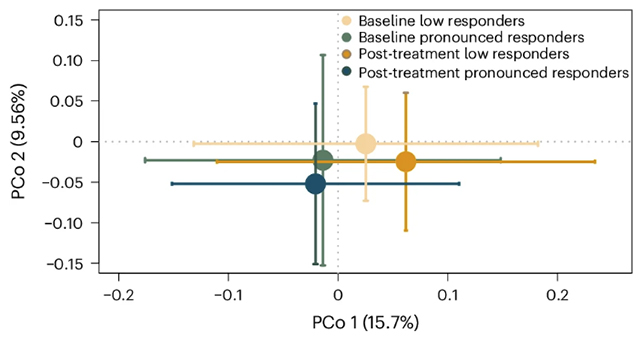A new study suggests an important connection in foods such as broccoli, Brussels sprouts and cabbage can reduce blood sugar levels, making it possible to prevent a cheap, affordable way to prevent type 2 diabetes.
The study included 74 people between 35 and 75 years with rising blood sugar levels that they categorize as prediabetically. All participants were also overweight or obese.
Volunteers received a compound that is often found in cruciferous vegetables that are called sulforaphane or a placebo every day every day for 12 weeks. Those who received sulforaphane showed a significant reduction in blood sugar levels, the researchers report, led by a team from the University of Gothenburg in Sweden.

“The treatment of prediabetes is currently missing in many ways, but these new findings open the way for possible precision treatment using sulphoraphane extracted from Broccoli as functional food,” says Anders Rosengren, a molecular physiologist at the University of Gothenburg.
For some people within the test group, the reduction of blood sugar levels was even more significant: that with early signs of mild age -related diabetes, a relatively low BMI, low insulin resistance, a low incidence of greasy liver disease and low insulin secretion saw a drop that was the average.
Intestinal bacteria also seem to make a difference. The team identified the bacterial gene BT2160 – which is known to be involved in sulfora activation – as significant, which with more of this gene in their intestinal bacteria exhibited an average blood sugar level of 0.7 millimol per liter, compared to 0.2 mmol/l for sulphorafaan.
These variations show the need for personalized approaches of prediabetes. The more we know about which groups of people get the best reaction of which treatments, the more effective those treatments will be.
“The results of the study also offer a general model of how pathophysiology and intestinal flora interact with and influence treatment reactions – a model that could have broader implications,” says Rosengren.
It is estimated that prediabetes affects hundreds of millions of people worldwide and incidence rates are rising rapidly. No less than 70 to 80 percent of people with prediabetes will then develop diabetes, although the figure varies considerably, depending on gender and the definitions used.
There is clearly an urgent need to prevent the transition from one condition to another – and all health implications – but prediabetes is often not diagnosed or untreated. These new findings can certainly help, but the researchers also emphasize the importance of a holistic approach in reducing diabetes risk.
“Lifestyle factors remain the basis of every treatment for prediabetes, including exercise, healthy eating and weight loss,” says Rosengren.
The research has been published in Natural microbiology.



